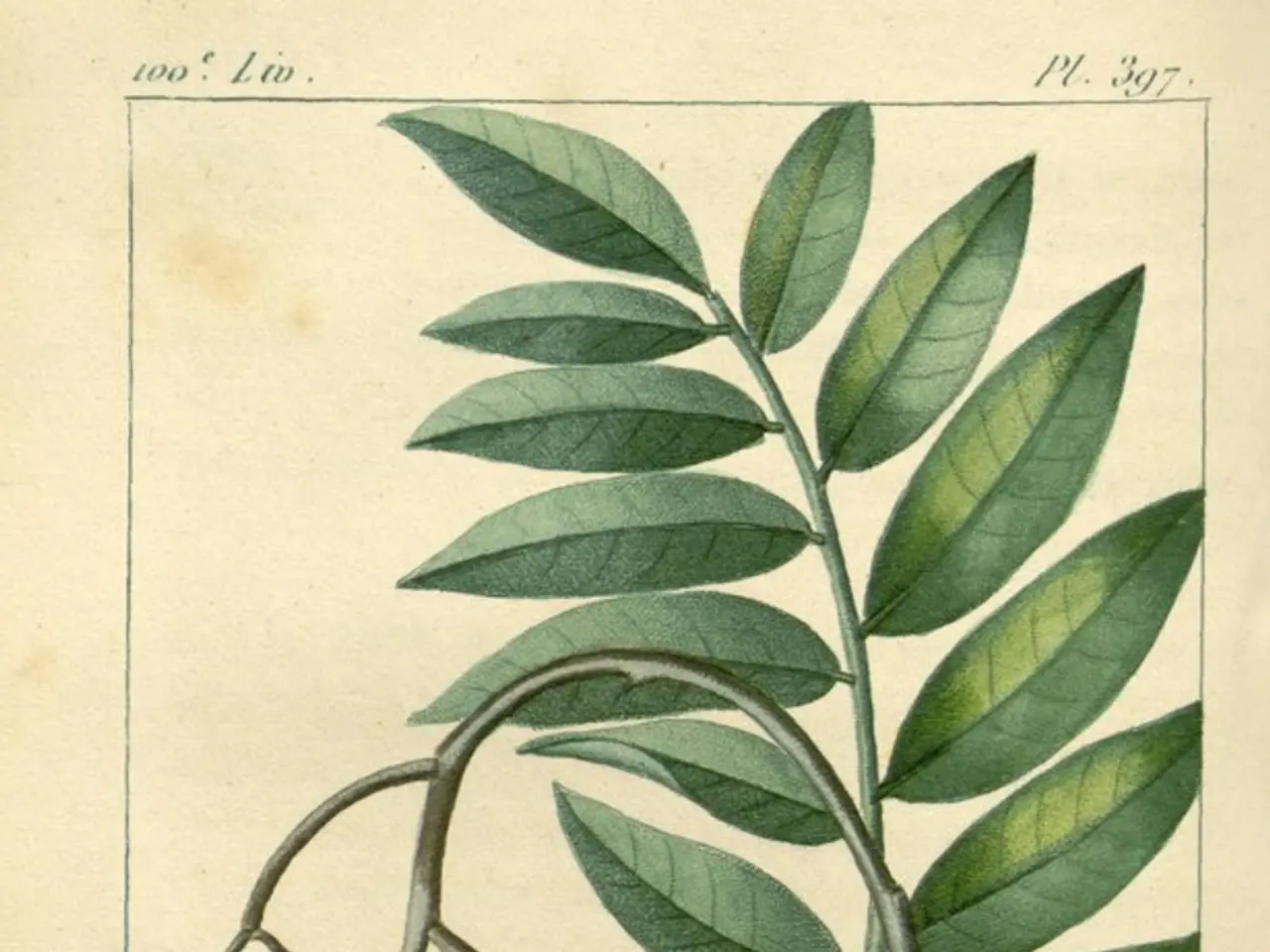decode information concealed in tiny produce labels
The Price Look-Up (PLU) code, a string of digits found on fruits and vegetables, is a common sight in grocery stores. But what exactly do these codes mean?
The Food and Drug Administration (FDA) regulates the chemicals and materials used in food labels to ensure they don't pose a safety risk. The PLU code is no exception. It allows checkout clerks to know what to charge for a particular item, helping supermarkets identify their inventory of fruits and vegetables.
The International Federation for Produce Standards (IFPS) assigns these codes to particular types of fruit and vegetables. The system can differentiate between 80 or more varieties of apples, from small Akane apples (4098) and large Fuji apples (4131), to watermelons, oranges, pears, and even exotic produce like Jerusalem artichokes (4791) and baby sweet corn (4589).
However, the PMA (Produce Marketing Association) states that PLU codes are not intended to convey information to consumers. This is because the primary purpose of the PLU code is to assist with pricing and inventory management, rather than to provide detailed information about the produce's origin, variety, or farming methods.
But fear not, for the PLU code does provide some insight into the produce's characteristics. For instance, PLU codes may also indicate the size of the fruit or vegetable, from small to extra-large.
One area where PLU codes can be particularly useful is in understanding the farming methods of the produce. The PLU code uses a prefix of 9 for organically grown produce, such as organic bananas (94011) and organic watermelons (94032). Conventional produce, grown using synthetic fertilizers and pesticides, is indicated by 4-digit codes starting with 3 or 4, like bananas conventionally grown (4011).
The produce industry is exploring alternatives to the traditional PLU stickers, such as biodegradable stickers and lasers that etch PLU codes directly onto fruits and vegetables. However, finding an adhesive that stays on a piece of fruit and dissolves afterward has proven challenging.
For those interested in learning more about PLU codes, the IFPS offers a web-based PLU search app. This tool allows you to look up the meaning of any PLU code, providing a helpful resource for navigating the produce section of your local grocery store.
[1] International Federation for Produce Standards. (n.d.). PLU Code System. Retrieved from https://www.ifps.org/plu-code-system/ [2] Produce Marketing Association. (n.d.). Price Look-Up (PLU) Codes. Retrieved from https://www.pma.com/plu [5] Food and Drug Administration. (n.d.). Food Labeling: Understanding PLU Codes. Retrieved from https://www.fda.gov/food/ingredientspackaginglabeling/labelingnutrition/ucm263671.htm
- The Food and Drug Administration (FDA) ensures the safety of chemicals and materials used in food labels, including PLU codes, which aid checkout clerks and supermarkets in pricing and inventory management.
- The International Federation for Produce Standards (IFPS) assigns PLU codes to various types of fruits and vegetables, differentiating between multiple varieties, such as small Akane apples (4098) and large Fuji apples (4131).
- The PMA (Produce Marketing Association) clarifies that PLU codes are primarily for pricing and inventory management purposes, rather than conveying extensive details about the produce's origin, variety, or farming methods.
- However, PLU codes sometimes provide indications about the size of produce, from small to extra-large, offering some insight into the produce's characteristics.
- For organically grown produce, the PLU code uses a prefix of 9, as seen in organic bananas (94011) and organic watermelons (94032), while conventional produce is indicated by 4-digit codes starting with 3 or 4, like bananas conventionally grown (4011).
- Interested individuals can use the IFPS's web-based PLU search app to learn the meaning of any PLU code, helping navigate the produce section of a grocery store more efficiently. [Sources: 1, 2, 5]




